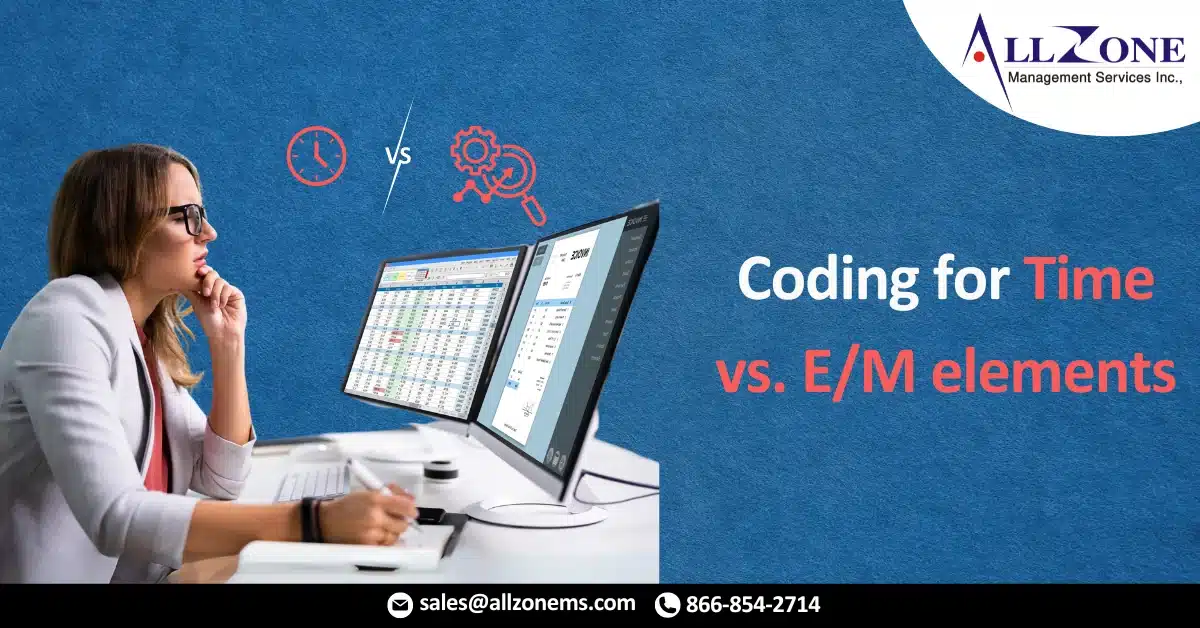Q: When you are basing an office visit on time, do you need to meet the levels in history, exam and medical decision-making too?
A: It is not unusual to spend a considerable amount of time face-to-face with a patient reviewing problems, adjusting medication dosages and counseling or coordinating care, only to find that you do not have enough history, exam or medical decision making elements to support a code that would otherwise be appropriate for a visit of that duration. In other words, you’ve spent the time, but the points don’t add up. This is when the “greater than 50% rule” applies.
When you devote more than 50% of your face-to-face time with a patient to counseling or coordinating care, “time may be considered the key or controlling factor to qualify for a particular level of Evaluation and Management (E/M) service.”
To code these encounters, use the code that corresponds to the total time spent with the patient. For example, if you spent 25 minutes face-to-face with an established patient in the office, and more than half of that time was spent counseling the patient or coordinating his or her care, you could use the 99214 code even if you lack the history, exam or medical decision-making elements.
In order to base your code level on time, make sure that you document the total time of the visit, that the time was face-to-face (or face-to-face and unit time in the hospital), that more than 50% of the time was spent counseling and/or coordination of care and detail of what the counseling consisted of. Here is a phrase that has all of the required elements that can be used:
If no coordination of care was provided, that phrase should be deleted.
Q: Please provide clarification for the associated signs and symptoms element of the history of present illness (HPI)?
A: A clinician’s impressions formulated during the beginning of a patient visit may lead to questions about additional signs or feelings. A provider may ask patients directly about “pertinent positives and negatives,” such as diaphoresis (marked sweating) associated with indigestion or chest pain; weakness and hunger in patients with diabetes; or blurring vision accompanying a headache. Generalized symptoms, such as chills or fever (and the degree) or overall weakness are often relevant to many conditions.
The blend of this information obtained helps a provider develop a clear picture of the patient’s self-described problem(s).
For even the highest level of E/M code, an extended HPI is all that is needed to support the code level. Therefore, if additional elements are documented in the HPI, credit can be given in the Review of Systems (ROS). Many times in these cases, the associated sign(s) or symptom(s) are credited in the ROS because they can be associated with specific systems of the body.
Q: Can credit be given for negative HPI answers?
A: Negative responses can count for HPI just as they do toward ROS questions.
Credit is given for the gathering of HPI information, not the patient’s response. So the patient’s answers, whether positive or negative for particular signs and symptoms, help provide the puzzle pieces that direct what ROS, exam and/or diagnostic test will be medically relevant to determine the patient’s diagnosis.

